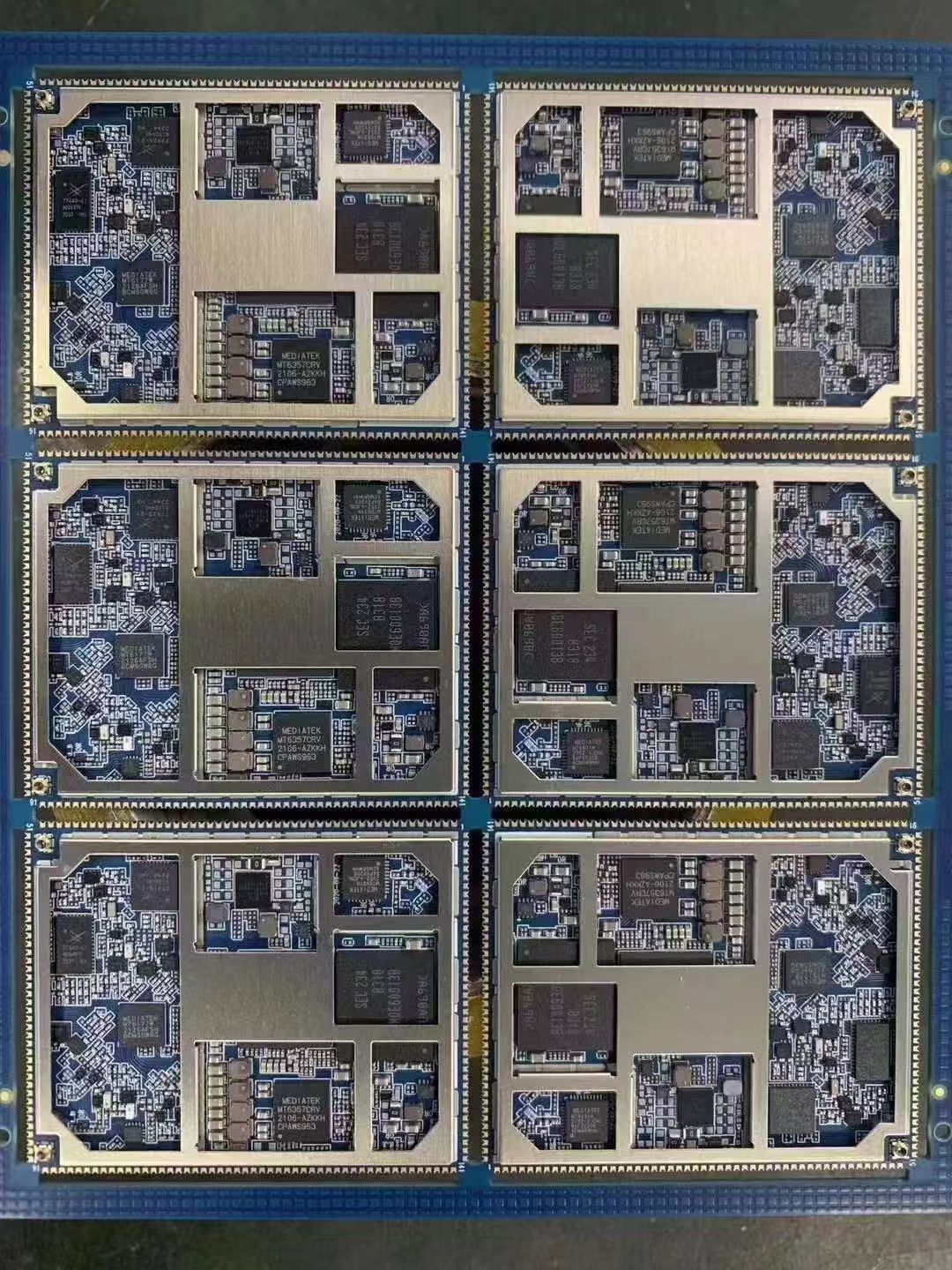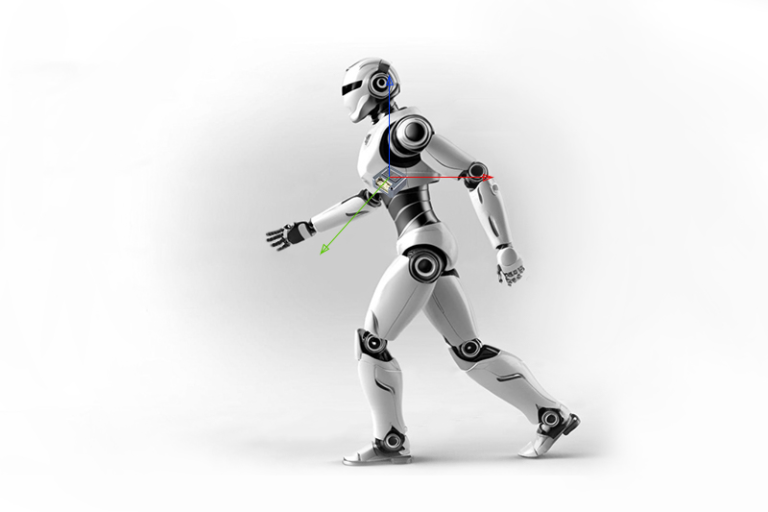Recently, BYD’s latest breakthrough in the field of supercharging technology has attracted industry attention. On March 9th, blogger @Chang Yan CY exposed a photo on Weibo, which is said to be a new type of BYD supercharging device. The voltage of this device is as high as 1,000V, and the power even reaches 1,000kW.
This means that as the supercharging power continues to increase, the volume and weight of the modular power supply also increase accordingly. This not only limits the installation and layout of supercharging devices but also poses higher requirements for the heat dissipation and stability of charging piles.
The height of the modular power supply of a 1,000kW charging pile reaches 1.5 meters.
Currently, the single-module powers widely used in the market are 20kW/30kW/40kW. Among them, the 30kW modular power supply is more commonly used, and the shipment volume of the 40kW modular power supply is also increasing month by month.
In the future, the development trend of charging pile modular power supplies is to move towards 60kW or even higher power. As the power increases, the volume of the modular power supply will also increase accordingly.
Take Huawei’s 40kW modular power supply (R100040G2) as an example. Its peak efficiency is 96.25%, and its size is 218mm×438mm×120mm. To build a 1,000kW charging pile, 25 pieces of 40kW modular power supplies are needed. If these modular power supplies are arranged in two rows, at least 13 pieces need to be placed in each row. After assembly, the height is 1,560mm, the width is 436mm, and the length is 438mm.
This is just the volume of the charging pile modular power supply. If the volumes of other components such as the cabinet and the heat dissipation system are taken into account, the overall volume of the charging pile will be even larger. Whether it is a commercial charging pile or a household charging pile, such a large volume and floor area are extremely inconvenient and not conducive to promotion.
Therefore, the miniaturization of charging pile modular power supplies has become crucial.
The volume can be reduced by more than 20% using magnetic integration technology.
There are various magnetic components used in the charging pile module, mainly including PFC inductors, main transformers, resonant inductors, differential mode inductors, and common mode inductors.
A 40kW charging pile modular power supply usually uses 5 – 10 magnetic components. The specific number depends on the circuit design and whether magnetic integration technology is adopted.
In traditional charging pile modular power supplies, magnetic components such as PFC inductors, main transformers, and resonant inductors are usually designed and manufactured independently. Each component has its own magnetic core and winding.
In the design of traditional charging pile modular power supplies, magnetic components usually occupy 30% – 50% of the module volume. This is because magnetic components themselves are relatively large and require independent magnetic cores and windings, occupying a considerable amount of space.
Magnetic integration technology integrates the functions of these components into a magnetic component with a shared magnetic path, reducing the number of magnetic cores and winding space, thereby significantly reducing the overall volume. Judging from some magnetic integration products that have been launched on the market, the volume can be reduced by more than 20%.
Take Tesla’s magnetic integration solution as an example. This solution mainly integrates the resonant inductor onto the transformer by utilizing the leakage inductance. This design is applicable to single and bidirectional circuit topologies such as CLLLC and LLC, collectively referred to as “leakage inductance magnetic integration”.
This solution has significant advantages in terms of space and cost. The specific characteristics are as follows: First, the leakage inductance can be flexibly adjusted and can account for 10% – 20% of the total inductance; Second, there is no need to add additional magnetic cores and windings, and the cost of the resonant inductor can be completely saved; Third, it does not affect the coupling efficiency of the transformer and ensures its efficient operation.
Overall, this solution can reduce the volume by 20% – 30% and completely save the cost of the resonant inductor.
In terms of the implementation path, although there are slight differences in the circuit topology details of the magnetic integration product solutions of different enterprises, generally they do not deviate from the circuit topology structure of front-end PFC + back-end LLC (or CLLLC).
Among them, the three inductors in the front-end PFC power circuit can be integrated by sharing a magnetic path to reduce the volume, and in the back-end LLC (or CLLLC) circuit, the main transformer + resonant inductor integration can be achieved to reduce the cost and volume.
Heat dissipation has become a bottleneck problem for magnetic integration technology.
Although magnetic integration technology can reduce the volume, it also brings significant heat dissipation challenges.
As the power increases from 30kW to 40kW or even 60kW, the power density may reach up to 68W/cm³. Under such a high power density, the heat dissipation problem becomes more complex. Originally, the independent transformer and inductor could dissipate heat separately. After integration, the heat dissipation area decreases while the heat generation does not decrease, making the heat dissipation conditions more stringent. If no targeted heat dissipation optimization design is carried out, the heat dissipation problem will become a key bottleneck restricting the development of magnetic integration technology.
To solve this problem, the industry is exploring various heat dissipation optimization paths. For example, by optimizing the design of the magnetic core and winding, the heating parts can be made closer to the heat dissipation water channel, reducing line loss and iron loss. In addition, the use of new heat dissipation materials or technologies, such as high thermal conductivity potting, top heat dissipation, or double-sided heat dissipation packaging forms, can also effectively improve the heat dissipation efficiency.
In the current rapid development of new energy vehicles, breakthroughs in charging technology have become the key to industry competition. From the perspective of the electronic transformer and inductor industry, magnetic integration technology can effectively reduce the volume and cost of power supply products and improve efficiency to meet the ever-increasing technical requirements of end products.
However, it also faces technical challenges. In the future, magnetic integration products will develop in the direction of higher power density, smaller volume, and higher efficiency. Magnetic integration products with better heat dissipation effects, smaller volume, and higher efficiency will be more competitive in the market.


